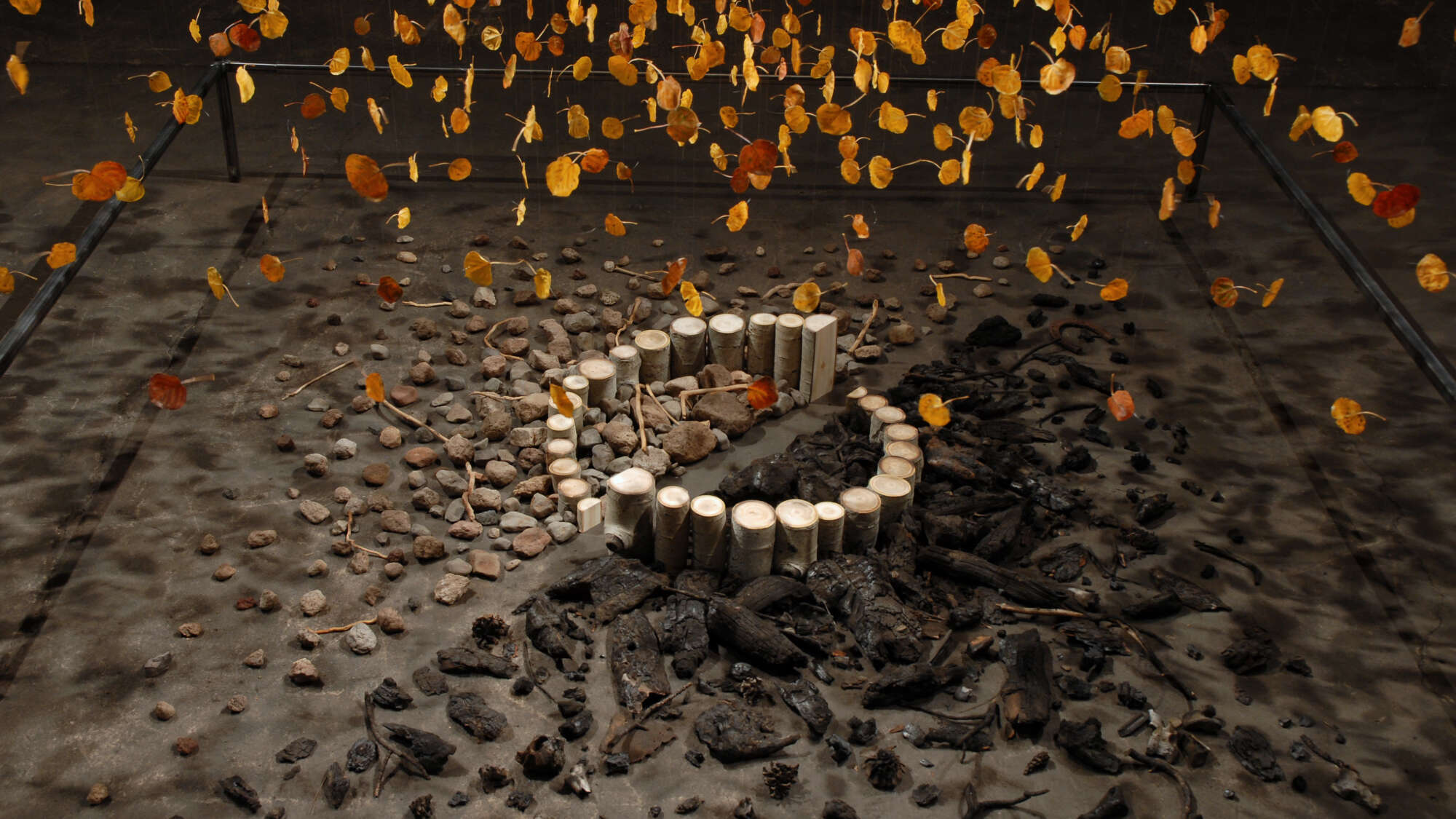Bryan David Griffith tackles big questions with simple materials. His art examines the tension between nature and culture, chaos and control, and life and loss. His engineering background brings a problem-solver’s mindset to his creative process, often inventing new techniques to serve each concept.
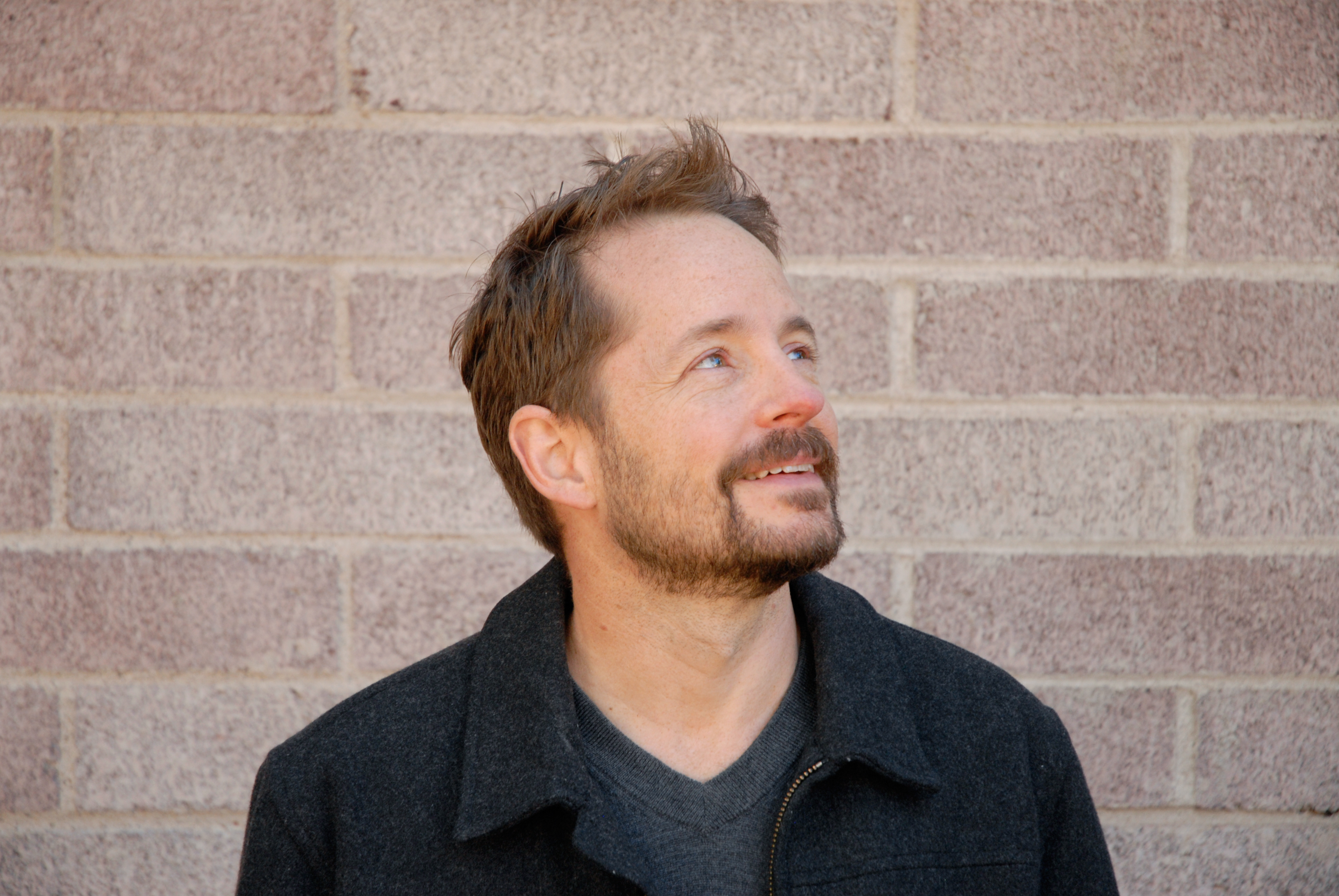
Griffith didn’t take a typical path into the art world. While studying at the University of Michigan, he found a beat-up photo manual, built a darkroom, and started experimenting. Later, disillusioned with a consulting job and its environmental impact, he quit, bought a van, and hit the road to become an artist.
When that van broke down in Flagstaff, Arizona, he found more than a temporary stop – he found his new home. Since then, his art has been featured in major museums, including the Phoenix Art Museum and the Museum of Fine Arts Houston. He’s received multiple awards for his work, particularly for projects focused on wildfire.
Wildfire, for Griffith, isn’t just a subject – it’s a medium. After the Slide Fire in 2014 threatened his home, he began studying fire science and using controlled burns in his artwork. His pieces combine organic edges with precise geometry, reflecting how human attempts to control nature can have unintended effects.
Watch our full interview with Bryan David Griffith to hear his story in his own words – and see the sparks fly.
The Interview:
To learn even more about Bryan David Griffith, visit his website at bryandavidgriffith.com.
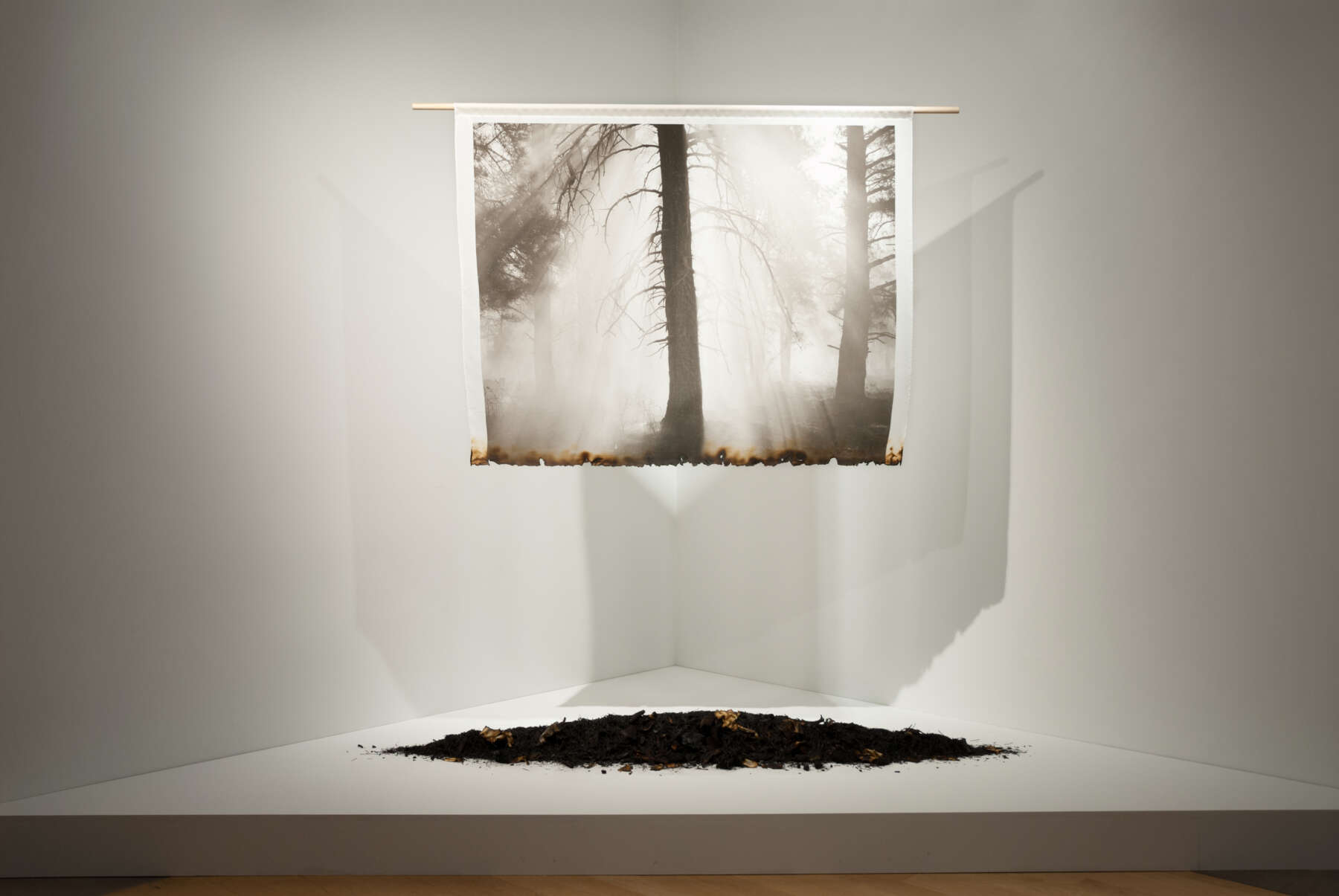
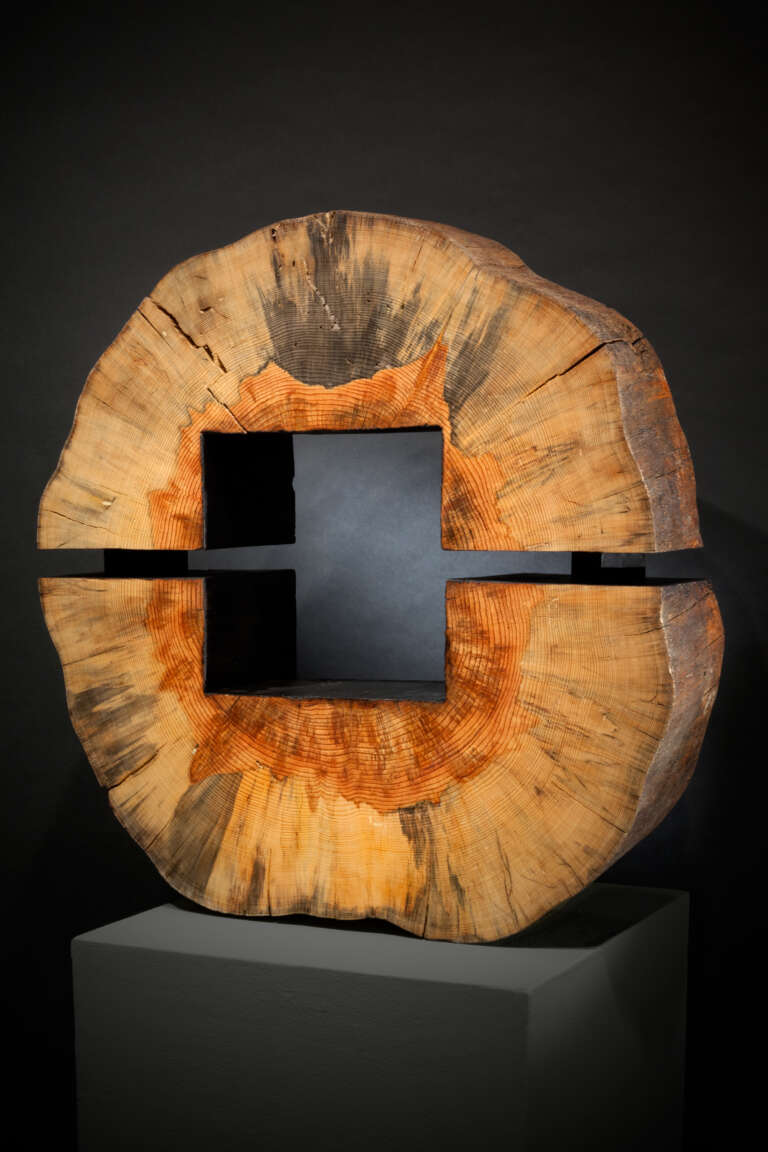

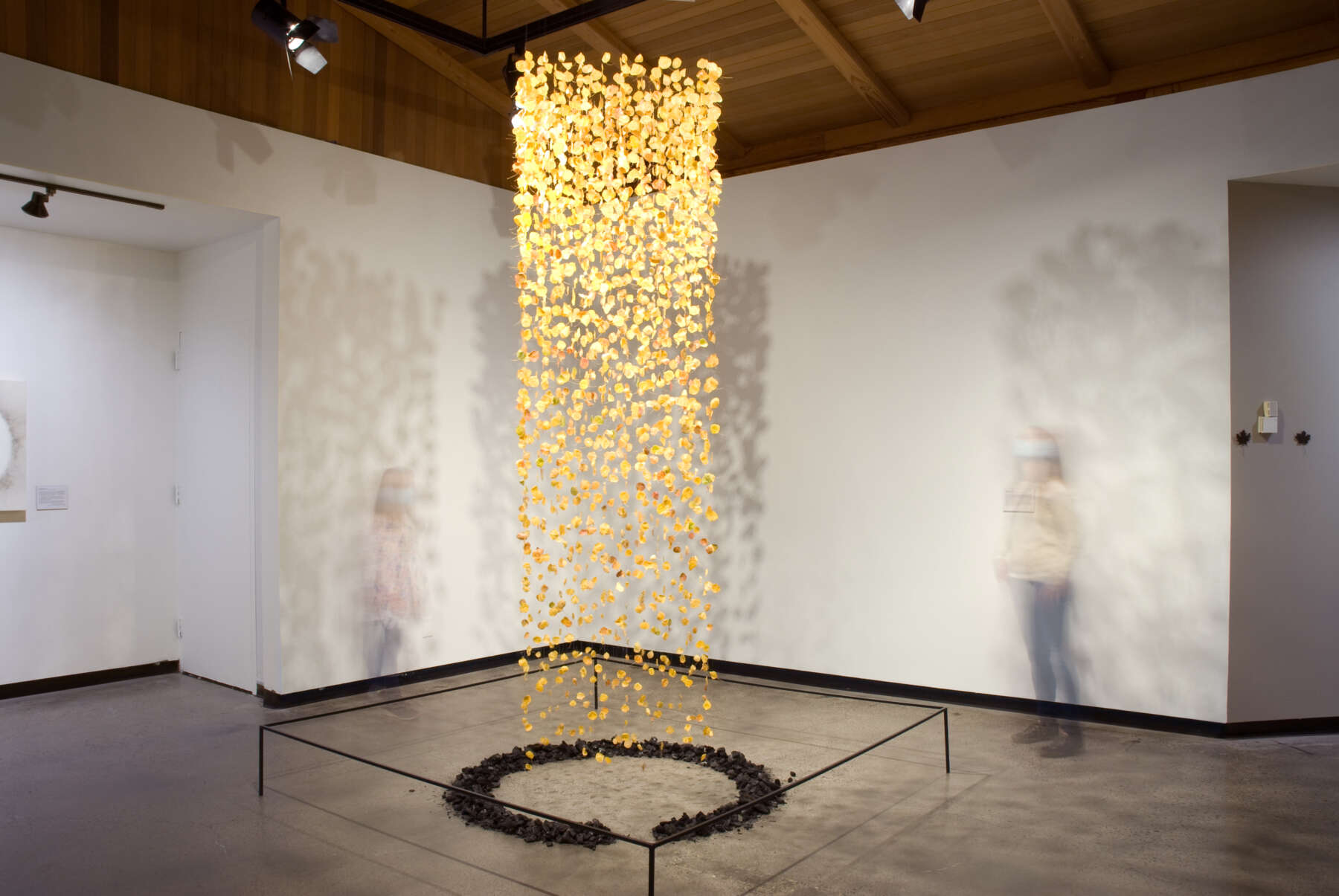
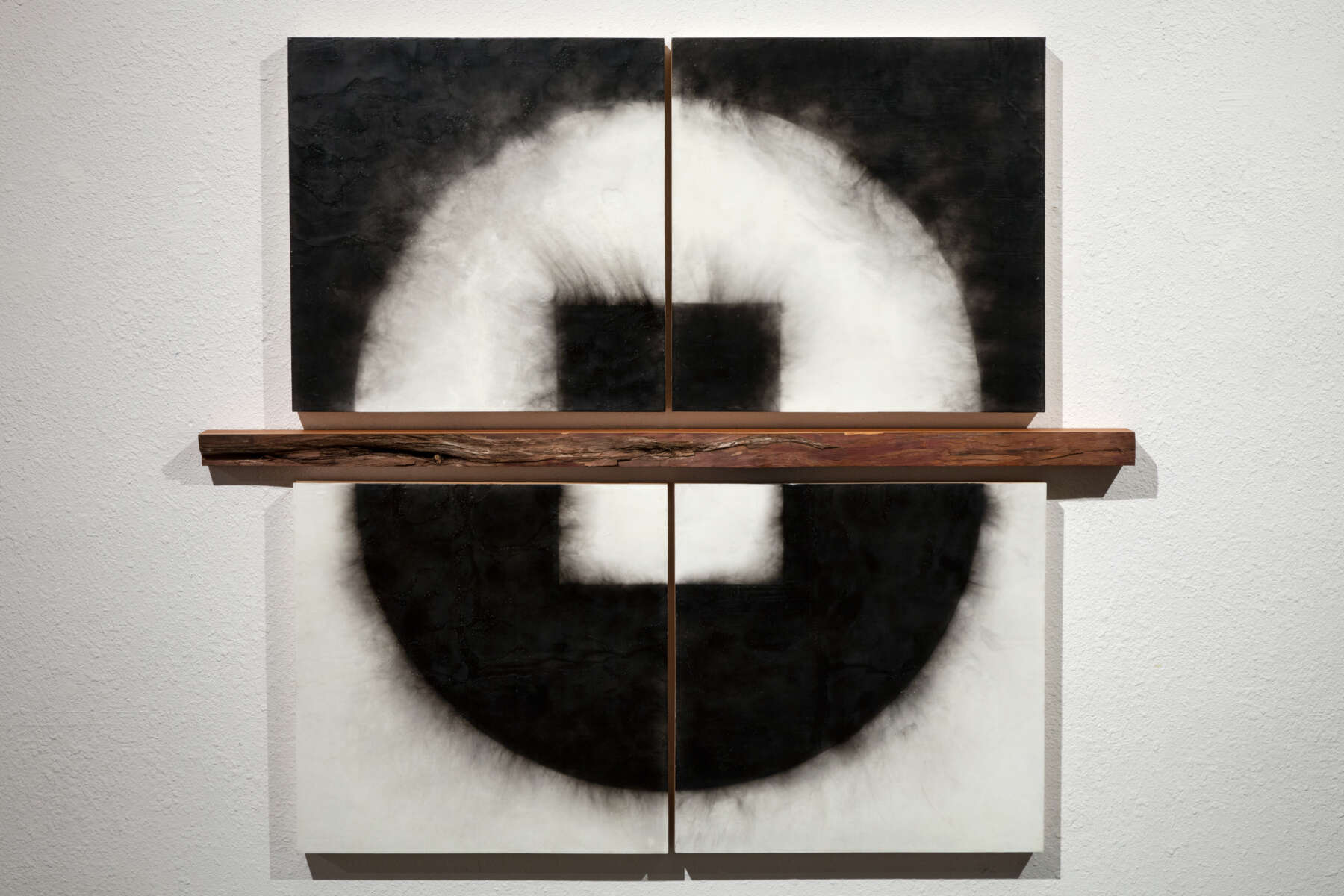

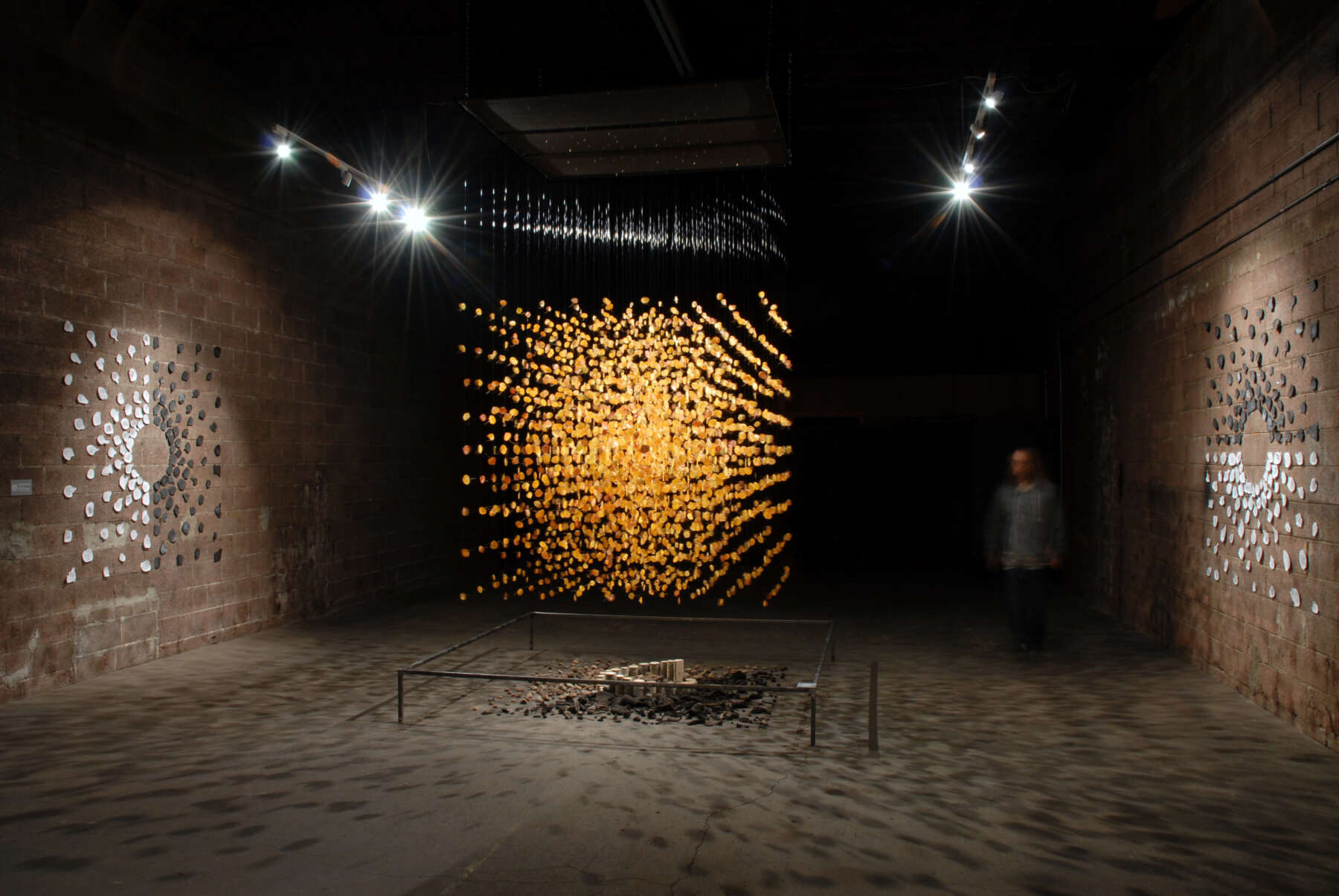
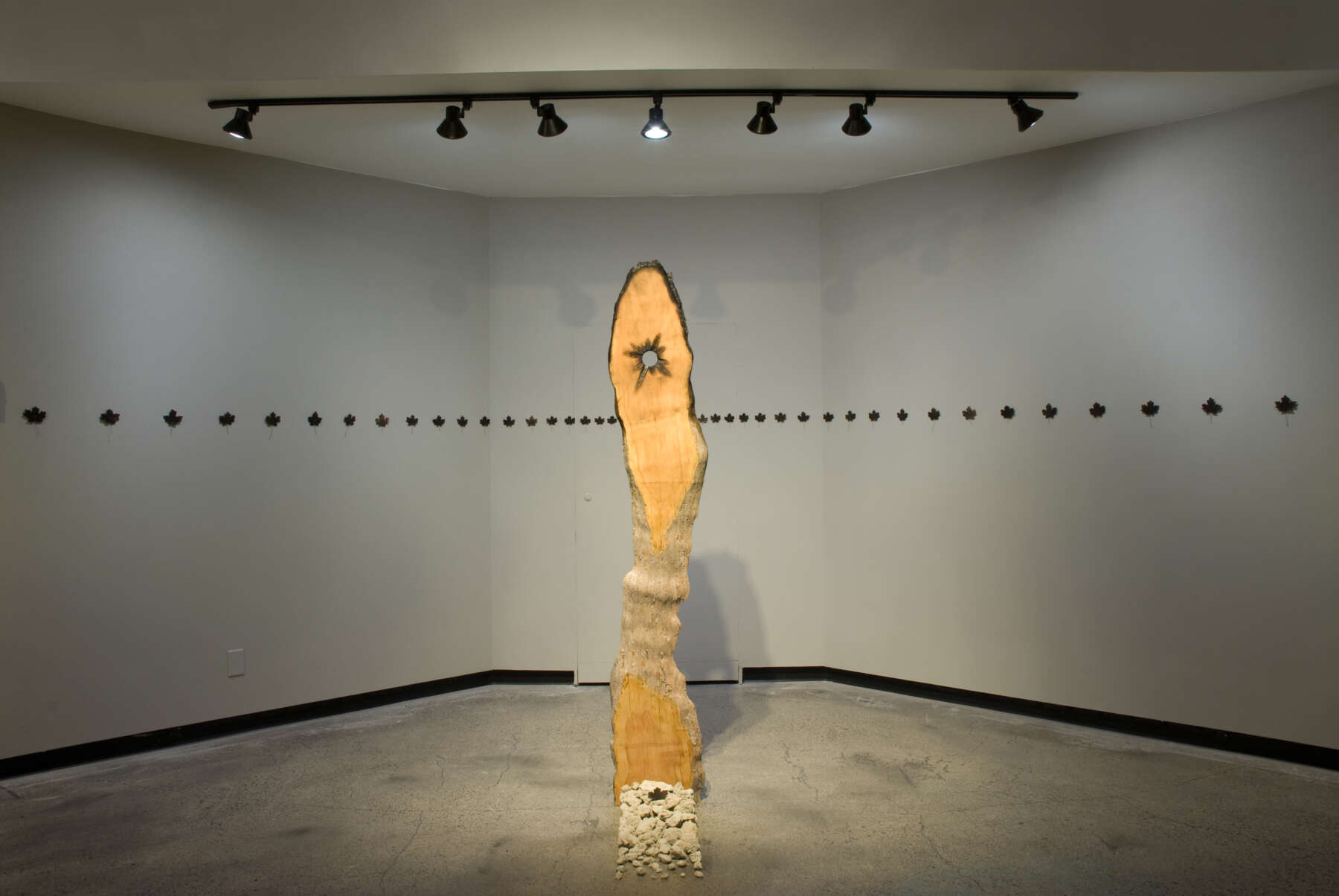

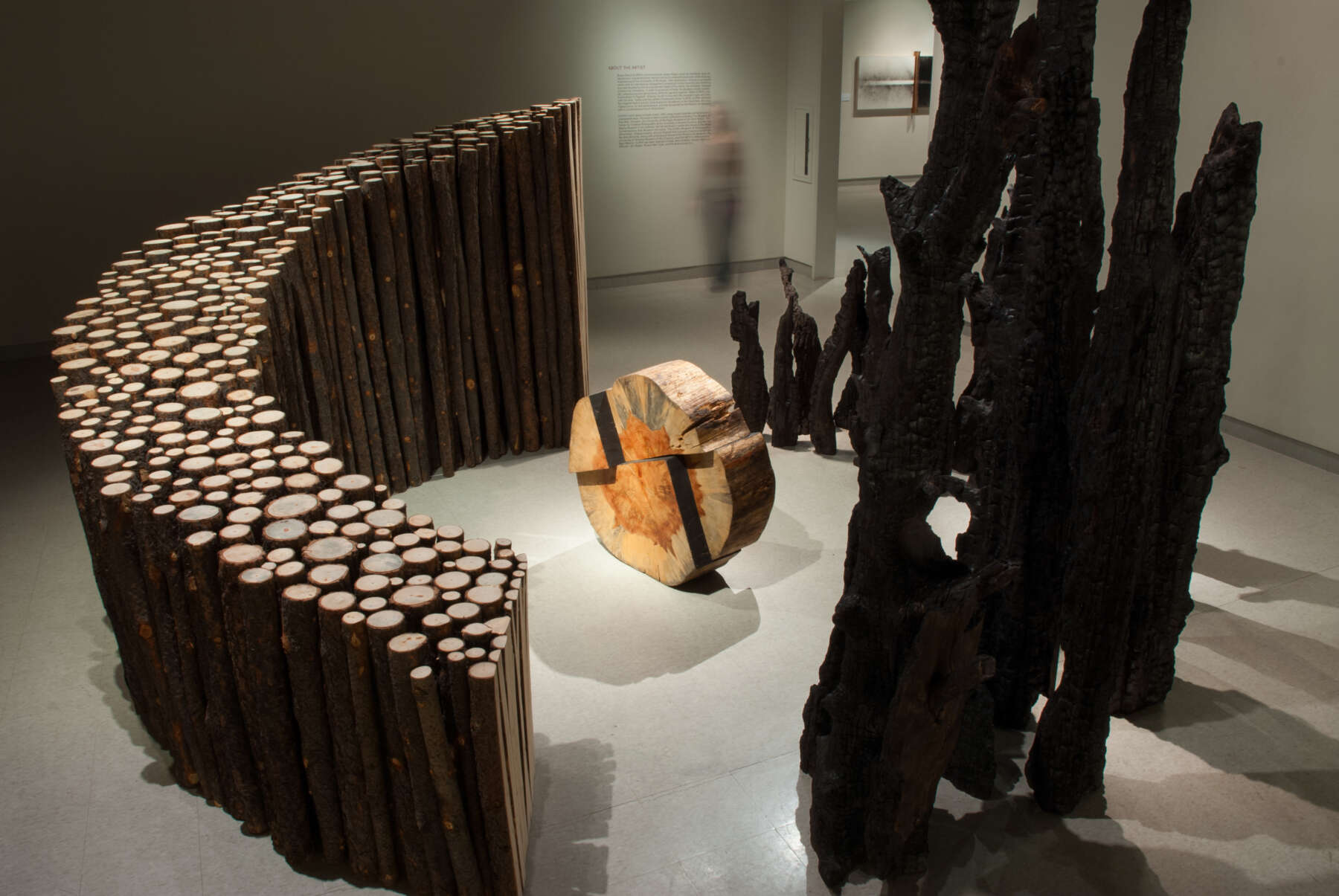
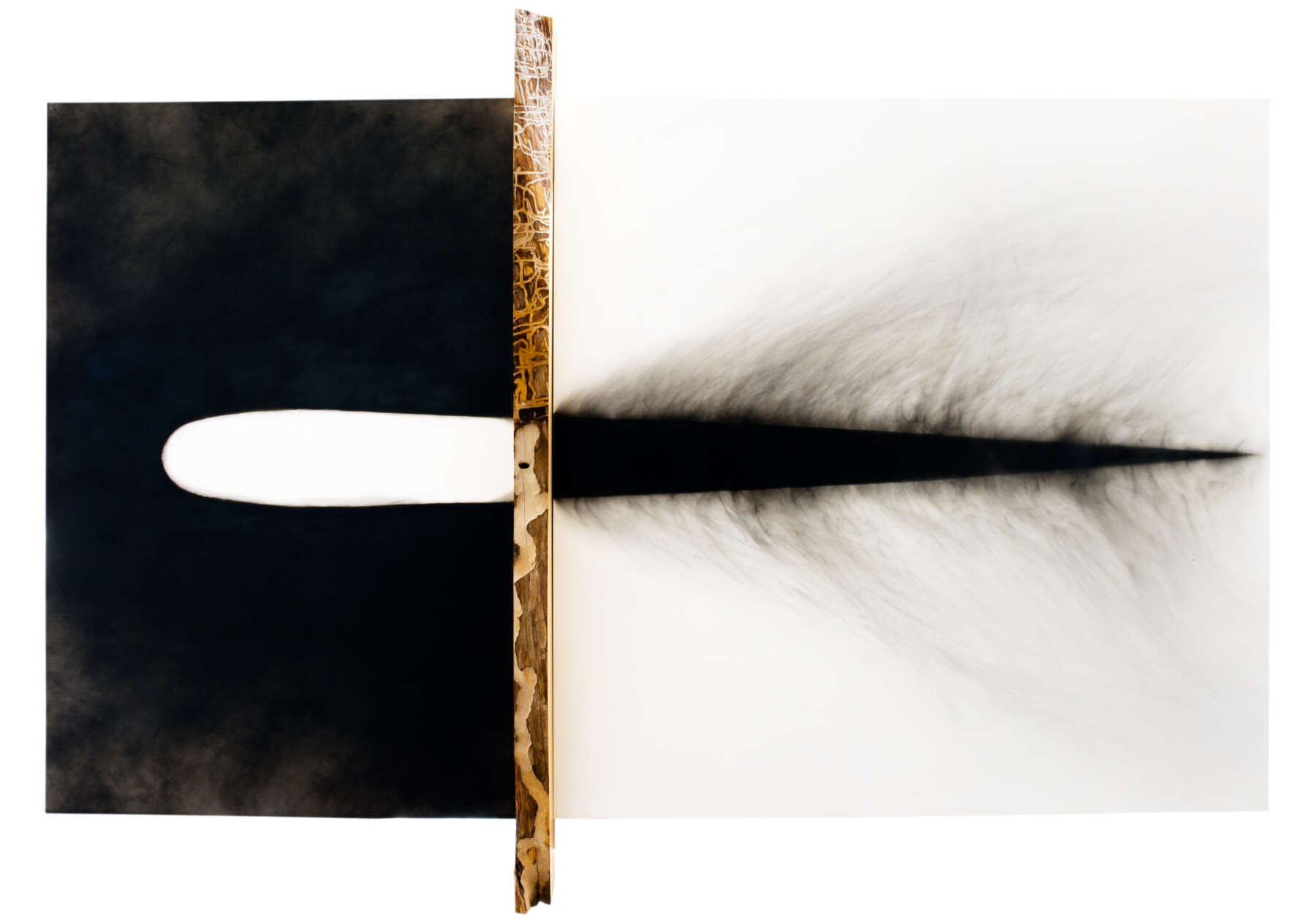


*All images and information are © Bryan David Griffith unless otherwise stated.
Disclaimer: The views and opinions expressed in this interview are those of the interviewees and do not necessarily reflect the views or positions of Public Health Landscape or Valent BioSciences, LLC.
